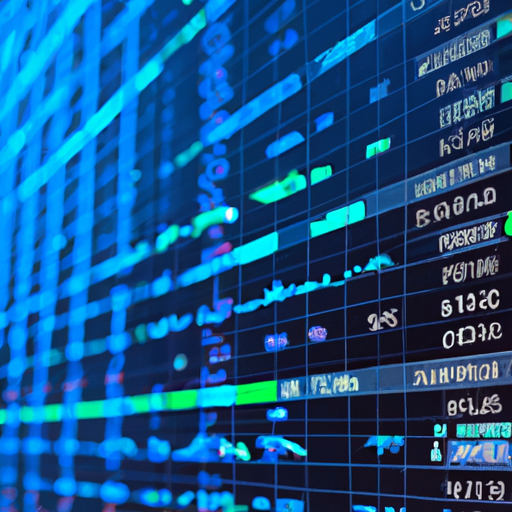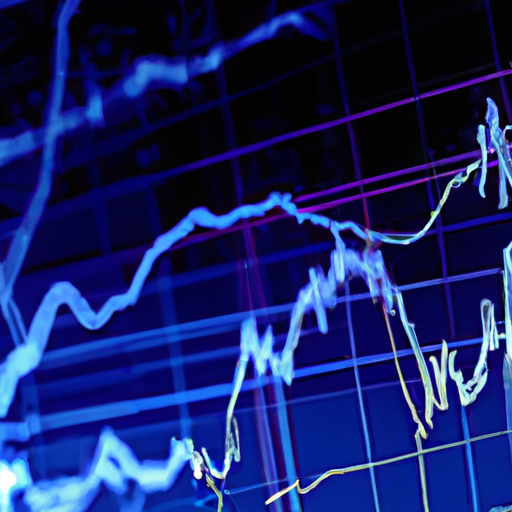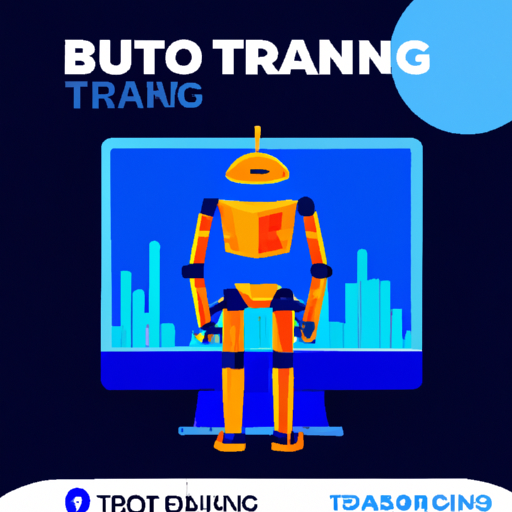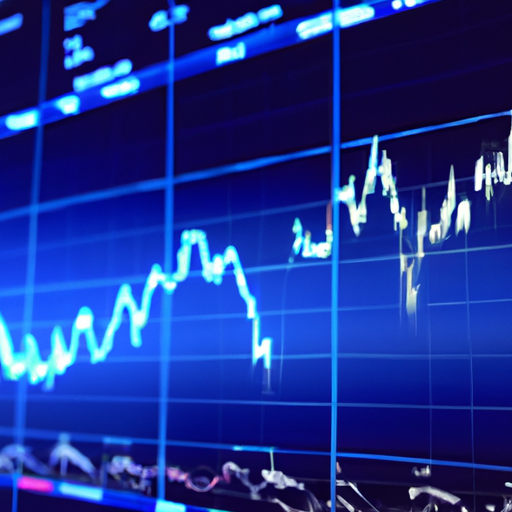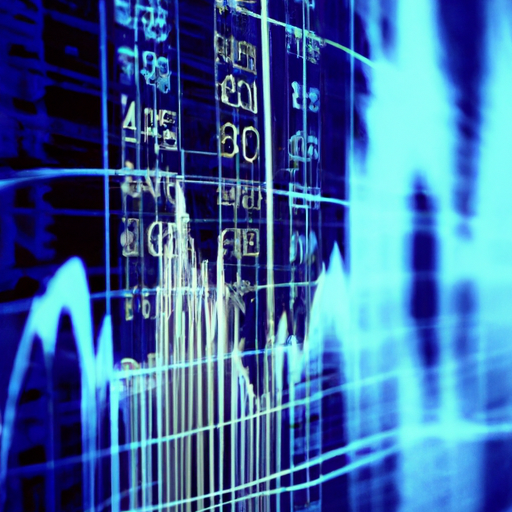AlgorithmicTrading
Exploring the world of algorithmic trading
Algorithmic trading has revolutionized the financial markets, making it easier for traders to execute orders efficiently and with precision. This sophisticated method of trading leverages computer algorithms to automatically execute trades based on pre-defined criteria. In this article, we’ll dive deep into the world of algorithmic trading, exploring its benefits, strategies, and how it reshapes the landscape of modern finance.
What is algorithmic trading?
Algorithmic trading, often referred to as algo-trading, is the use of computer programs and algorithms to trade financial securities. These algorithms are designed to follow a set of instructions for placing trades to generate profits at speeds and frequencies that are impossible for a human trader.
The primary advantage of algorithmic trading is that it removes human emotion from trading decisions. By relying on mathematical models and statistics, traders can make more objective decisions that are not influenced by fear or greed.
The history and evolution of algorithmic trading
Algorithmic trading has its roots in the 1970s when stock exchanges started transitioning to electronic systems. However, it wasn’t until the late 1990s and early 2000s that algo-trading began gaining significant traction.
The rise of high-frequency trading (hft) further propelled the adoption of algorithmic strategies. Hft involves executing a large number of orders at extremely high speeds, often in fractions of a second. This type of trading relies heavily on sophisticated algorithms and state-of-the-art technology.
Benefits of algorithmic trading
Algorithmic trading offers numerous advantages over traditional manual trading methods:
Speed: algorithms can process vast amounts of data and execute trades within milliseconds.
Accuracy: by eliminating human error, algo-trading ensures precise order execution.
Cost efficiency: reduces transaction costs by optimizing trade execution.
Backtesting: allows traders to test their strategies against historical data before deploying them in live markets.
Discipline: maintains consistent adherence to a strategy without being swayed by market emotions.
Popular algorithmic trading strategies
Various strategies have been developed for algorithmic trading, each catering to different market conditions and objectives:
Trend following strategies: these strategies involve identifying market trends using technical indicators such as moving averages or momentum indicators. The idea is to ride the trend until there is an indication of reversal.
Arbitrage opportunities: this strategy seeks to profit from price discrepancies between different markets or instruments. For example, if a stock is priced differently on two exchanges, an arbitrageur can buy from one exchange and sell on another for a risk-free profit.
Mean reversion strategies: based on the assumption that prices will revert to their mean or average value over time. Traders using this strategy buy when prices are low and sell when they are high.
Market making: involves placing both buy and sell orders simultaneously to profit from the bid-ask spread. Market makers provide liquidity to the market while earning small profits from each trade executed.
The technology behind algorithmic trading
At its core, algorithmic trading relies heavily on technology. Here’s what powers these sophisticated systems:
Programming languages: commonly used languages include python, c++, java, and r due to their robustness in handling complex calculations quickly.
Data feeds and apis: real-time data feeds provide crucial information about market conditions allowing algorithms to make informed decisions instantaneously.
Trading platforms: advanced platforms offer tools for developing custom algorithms along with features like backtesting capabilities which allow traders to test their strategies against historical data before deploying them live.
Risk management in algorithmic trading
While algorithmic trading offers many benefits it also comes with risks which need careful management:
Technical failures: system glitches or connectivity issues may lead to unintended trades resulting in significant losses.
Overfitting models to historical data (curve fitting): over-optimization during backtesting might result in poor performance once deployed live since past performance does not guarantee future results.
Regulatory risks: compliance with regulations governing automated systems is essential; failure could result in legal penalties.
To mitigate these risks effective risk management practices should be implemented including regular monitoring system audits ensuring sufficient redundancy measures etcetera
The future of algorithmic trading
The landscape for algorithm-based systems continues evolving rapidly driven by advancements artificial intelligence machine learning big-data analytics among others
This evolution promises even greater efficiency accuracy profitability potentially transforming how we approach investment altogether
In conclusion embracing technological innovation remains key staying ahead curve leveraging opportunities presented within realm algo-trading ensures not only survival but thriving midst ever-changing dynamics financial markets.

